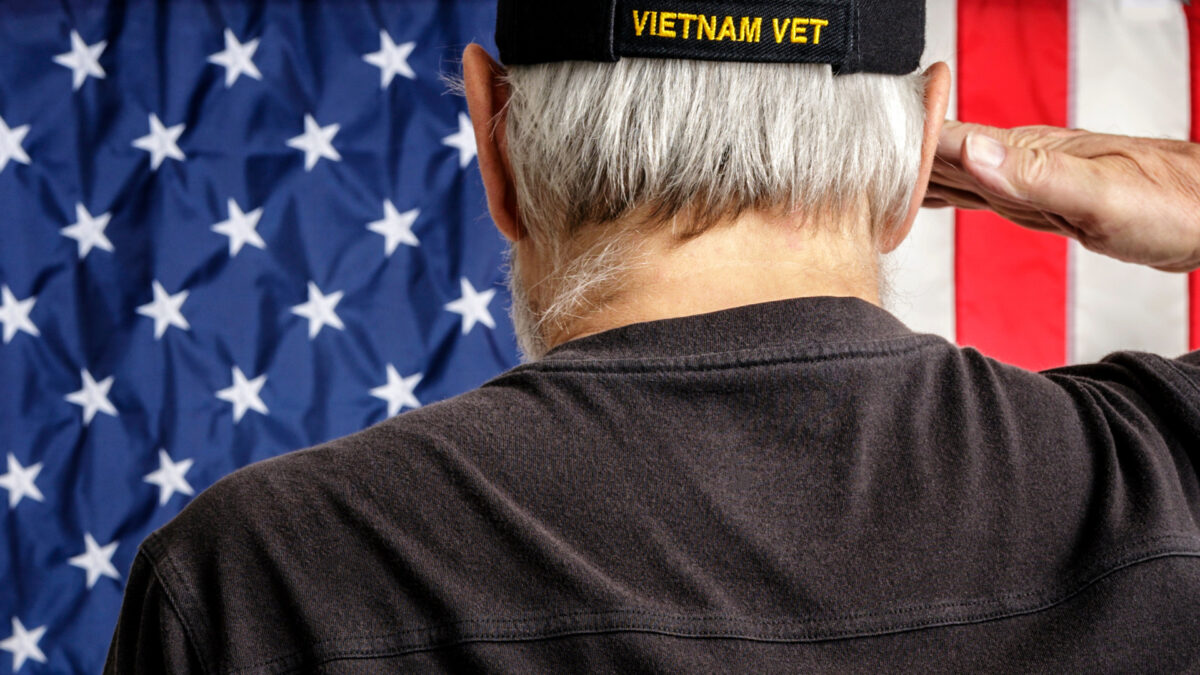
Those who are living with skin cancer are likely aware that exposure to UV—either accumulated over a number of years or in bursts that result in sunburns, or both—is linked to the development of skin cancer. For some, their exposure was primarily on annual vacations or during summers in childhood. For others, occupational exposure is the culprit. According to a recent international study, 1.6 billion workers were occupationally exposed to UVR in 2019, with a particular burden on early middle-aged males. The number of workers exposed is three times greater than previous estimates.
How many workers are impacted?
The study covers 195 countries for occupational exposure to UVR and 183 countries for nonmelanoma skin cancer that was related to that exposure. Based on this information, researchers estimated that 18,960 deaths reported in 2019 from nonmelanoma skin cancer were attributable to previous UVR occupational exposure. In addition, 0.5 million disability-adjusted life years were impacted by previous occupational exposure to UVR.
Age was also a significant factor. Among the working-age population, exposure to UVR among men peaked between 30 and 34. Due to the delay between exposure and diagnosis of the disease, the number and rate of mortality from nonmelanoma skin cancer increases with age in men up to 65-69 years.
How was this determined?
Researchers from countries around the globe reviewed multiple databases collected by the International Labour Organization, World Health Organization, and the United Nations to develop a model that estimates UVR exposure with health loss. The model assumes a 20-year lag time between UVR exposure and the development of nonmelanoma skin cancer.
UVR exposure surveyed and recorded by workers in the year 2000 impacted the rate of nonmelanoma skin cancers diagnosed in 2019. Although the portion of the world’s population that was exposed to UVR between 2000 and 2019 decreased by 32.4%, the burden of deaths attributed to nonmelanoma skin cancer increased by 87.9%.
A worker exposed this year might later appear in estimates of the probability of death and disability-adjusted life years for nonmelanoma skin cancer in 2042 databases. The highest regions affected by UVR contributing to nonmelanoma skin cancer include the Americas, Africa, and the Western Pacific.
A major occupational carcinogen comes from the sun
The impact of occupational exposure to UVR on cancer development is so significant that the study suggests this ranks third among occupational carcinogens attributed to cancer, behind occupational exposure to asbestos and then silica. The study’s authors also suggest that action taken now would reduce or prevent occupationally related nonmelanoma skin cancer diagnoses in the future.
Therefore, the study’s authors are calling on governments to protect their outdoor workers from nonmelanoma skin cancer and death through regulations limiting occupational exposure to UVR. They suggest minimizing outdoor dangers by providing personal protective clothing, sunscreen, more shade, shifting working hours away from midday, and regular skin cancer screening.
The study was about occupational exposure, but even for those whose labor outdoors is not occupational but incidental—weekend gardeners, for example—these protective measures are good guidelines to follow.
Article referenced: Pega F, Momen NC, Streicher KN et al. Environ Int. 2023;181:108226.
Recent Posts

Regeneron Announces Approval of Cemiplimab-rwlc for Adjuvant Treatment of Cutaneous Squamous-Cell Carcinoma with a High Risk of Recurrence After Surgery and Radiation

Preparing for Your First Oncology Visit: A Complete Guide for Skin Cancer Patients

Skin Cancer in Aging Veterans: Unique Risks & Considerations

The Genetics of Skin Cancer: Insights from Dr. Kenneth Tsai

